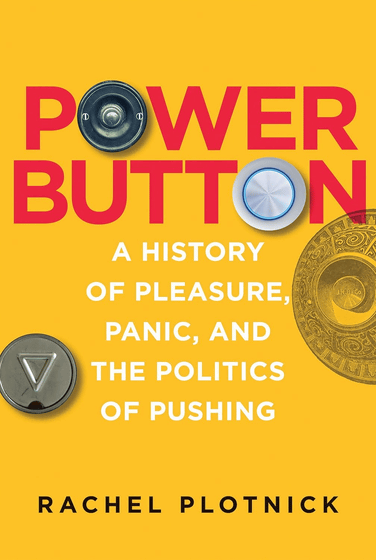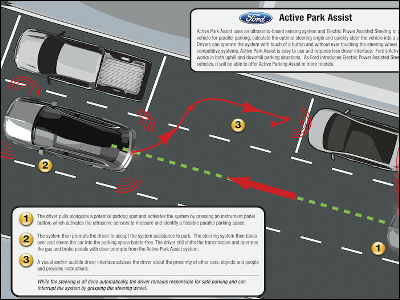The reason for the shift from touch panels to physical buttons is 'the desire for tactile feedback'

Touch panels are used in many things around us, such as smartphones and ticket vending machines, but there is a movement to move away from touch operation and return to physical button operation.
Tactile Controls: Why Buttons Are Making a Comeback - IEEE Spectrum
https://spectrum.ieee.org/touchscreens

Plotnick is an associate professor at Indiana University Bloomington who studies the interactions between buttons and people. In 2018, he published a book called 'Power Button: A History of Pleasure, Panic, and the Politics of Pushing,' which describes the relationship between technology and society.

The book 'Power Button' was inspired by a theory that began to spread around 2009, when touch controls were becoming more and more popular due to the spread of the iPhone, and this led to the theory that 'physical buttons might be on the way out.'
In 2010, Microsoft released Kinect, a device that uses sensors to feed back movements to games and other applications. Plotnick felt that we were finally moving to gesture and voice control, as depicted in the film Minority Report, and he became interested in the physical buttons that had been used up until then, and wanted to explore their origins.
As the research progressed, it became clear that while touch operation is certainly convenient, people still have a desire to 'press a button.' The main reason for 'wanting to press a button' was 'wanting to get tactile feedback.'
This is backed up by Euro NCAP, which evaluates car safety standards, which has recommended that the automotive industry move away from touch screens and return to physical buttons, which have been shown to respond more quickly than touch controls.

The use of touch panels to control in-car infotainment systems has become popular in the automotive industry, likely sparked by Tesla's adoption of them, but it has been reported that a return to buttons is underway.

The iPhone 16 also adds a new 'Camera Control' button, but it is not a physical button and provides pseudo-haptic feedback through vibration.
'Camera Control' is a new feature that allows you to adjust camera settings without touching the screen on the iPhone 16, but it may take some time to get used to it - GIGAZINE

Related Posts:
in Hardware, Posted by logc_nt





